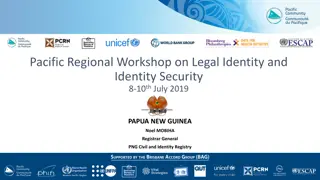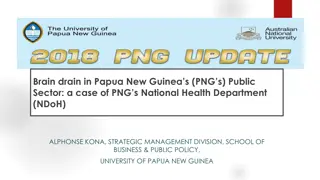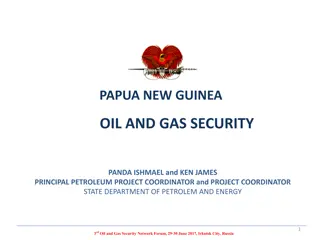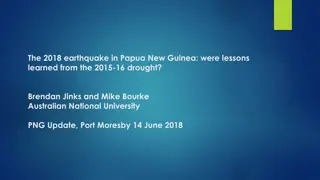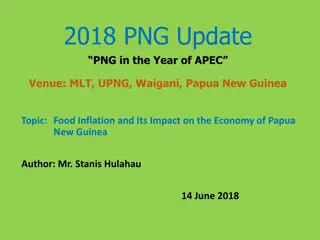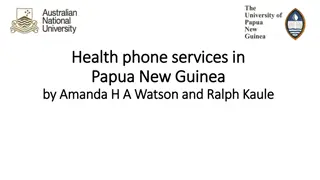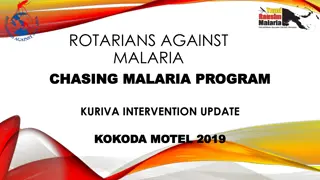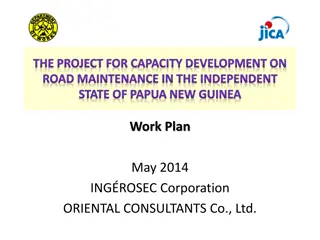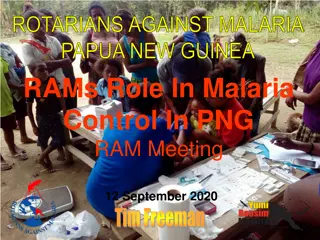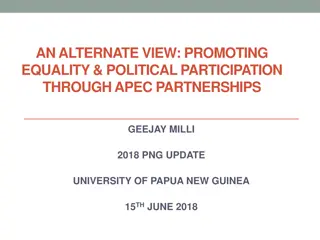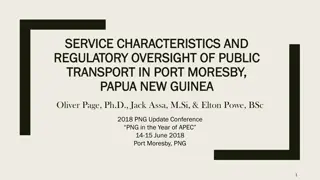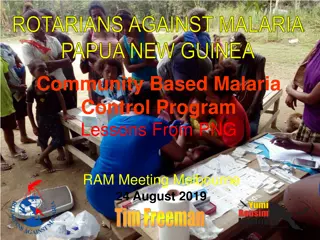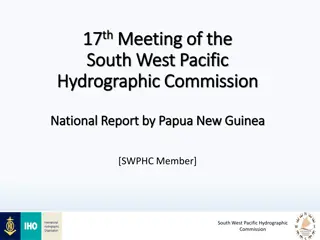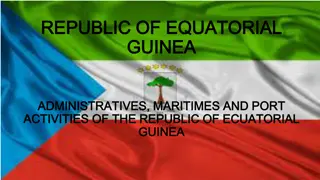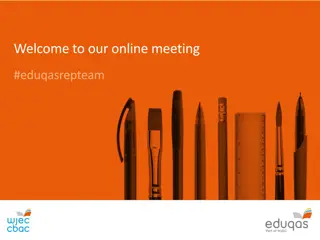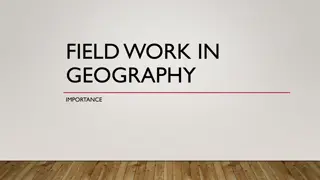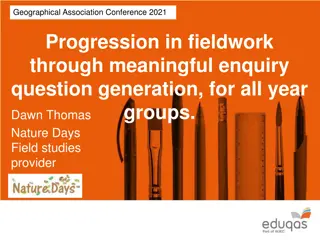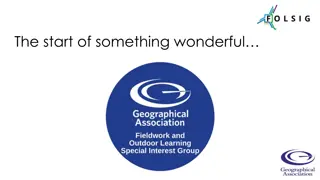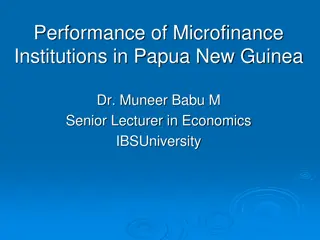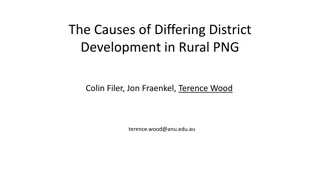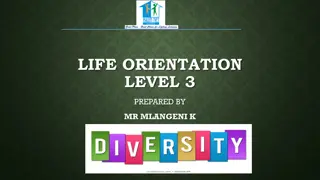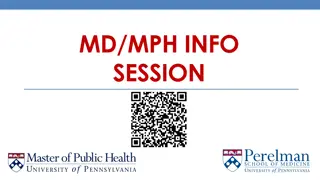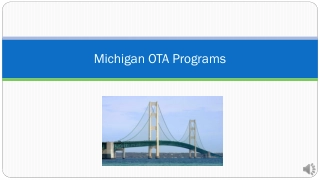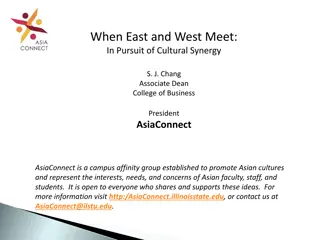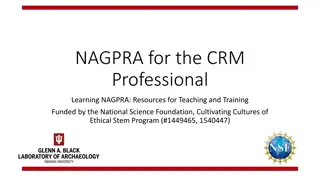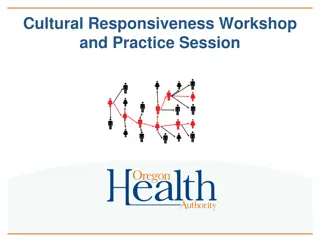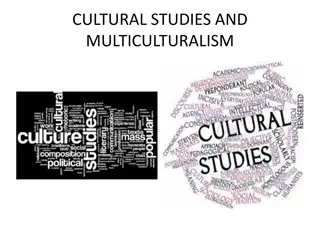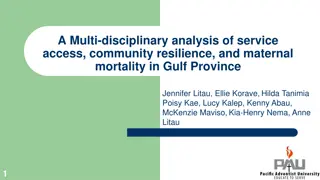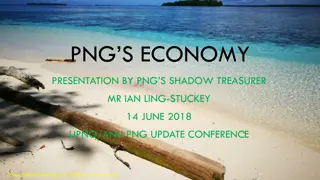Exploring Papua New Guinea: Fieldwork and Cultural Diversity
Delve into the rich cultural tapestry of Papua New Guinea through discussions on fieldwork modes of production, kinship, reciprocity, gift exchange, and markets. Gain insights into the unique challenges faced by rainforests in Amazon, Central Africa, and Southeast Asia, emphasizing their crucial role as carbon sinks. Discover the linguistic diversity and multiculturalism of PNG, with its 700 distinct languages spoken by a population of 6 million people.
Download Presentation

Please find below an Image/Link to download the presentation.
The content on the website is provided AS IS for your information and personal use only. It may not be sold, licensed, or shared on other websites without obtaining consent from the author. Download presentation by click this link. If you encounter any issues during the download, it is possible that the publisher has removed the file from their server.
E N D
Presentation Transcript
Ancestral Lines Introduction to Papua New Guinea (PNG) Fieldwork Modes of Production Kinship Reciprocity, Gift Exchange, and Markets Globalization
Rainforests: Amazon, Central Africa, and Southeast Asia Tremendous biological diversity in terms of animal, insect, and plant species Under threat from logging, mining, ranching, and increased population pressures Erosion and poor soil once trees are cut (Haiti/Cuba/Puerto Rico after sugar cultivation in 17thand 18thcenturies) Why should we care about rainforests? Carbon sinks: absorbs CO2 and thus mitigates the harmful effects of carbon production: global warming and climate change
PNG as a Culturally Diverse Nation: For Each Village, a Different Culture (popular saying) Population: 6 million people (about the population of greater Philadelphia metropolitan area) Area: slightly larger than California (55thlargest country in the world) 700 distinct languages; most languages have less than 1,000 speakers. Due in part to a mountainous terrain; also endemic warfare in the past (footnote 7, p. 36). Most people are multilingual, including in Tok Pisin, a creole language that is the lingua franca.
John Barkers Ethnographic Fieldwork Pros Cons


